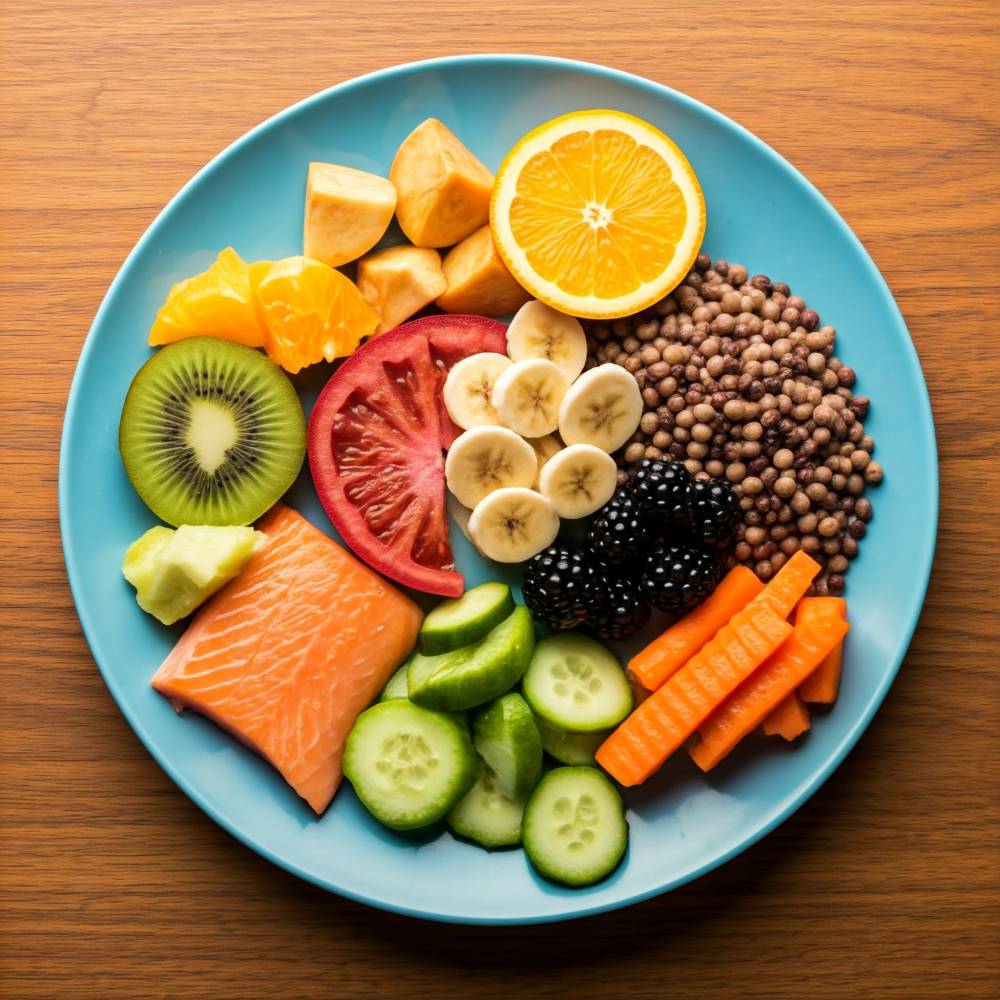Nutrition hacks for Parkinson’s prevention, care

If you have Parkinson’s disease (PD) or are caring for someone who does, you know it’s a full-blown lifestyle shift. But the good news is what you put on your plate can make a real difference.
In a recent “Ending Parkinson’s Disease: Live” webinar, Parkinson’s expert Dr. Bastiaan Bloem, epidemiologist Dr. Alberto Ascherio and Parkinson’s campaigner Omotola Thomas discussed how different foods can affect the risk of diagnosis and maintaining bowel health.
My experience affirms that what we eat can influence our symptoms, energy levels, and even the disease’s progression. Emerging research highlights the pivotal role of nutrition in managing symptoms, slowing progression, and even reducing the risk of developing PD.
In 2023, a groundbreaking study in Belfast illustrated the connection between diet and Parkinson’s. Participants who embraced healthy vegan foods were 22 percent less likely to develop PD, while general plant-based diets lowered risk by 18 percent. Indulging in vegan junk (refined grains, sugary beverages, and desserts) raised the risk by 38 percent.
This distinction is critical for those managing PD. Dark, vibrant produce is loaded with antioxidants that protect against cell damage, reduce inflammation and protect brain cells. Fresh fruits, vegetables, nuts, and legumes offer essential nutrients and antioxidants. Blueberries, blackberries, kale, beets, and red cabbage are excellent choices for fighting inflammation and oxidative stress that exacerbate PD symptoms.
Prioritize flavonoids
In a 2012 neurology study, Dr. Xiang Gao found that increased flavonoid intake reduced the risk of developing PD. Even after a Parkinson’s diagnosis, adopting a healthy diet high in colorful fruits and veggies could slow disease progression and improve survival rates by up to 69 percent.
Registered dietitian Nicole Shuckett, who specializes in nutrition and movement disorders, confirmed that people who ate the most anthocyanins (from foods like blueberries, cherries, cranberries, and red cabbage) and flavonols (found in cocoa, apples, tea, bananas, peaches, and pears) fared better overall.
Flavonoids are compounds found in richly colored fruits and vegetables. Boosting intake doesn’t require a complete dietary overhaul. Add berries to oatmeal or smoothies; garnish soups and salads with parsley or dill. Squeeze fresh citrus juice into water, or sip on green or black tea, rich in epicatechins. Try recipes that use tofu, black beans, cabbage, onions, tomatoes, and sweet peppers.
Dr. Bloem, neurologist and co-author of “Ending Parkinson’s Disease: A Prescription for Action,” noted a troubling association between dairy consumption and PD risk. He said that pesticides in animal feed and grass consumed by cattle, which are subsequently passed to humans through milk, may play a role.
Avoiding dairy may seem daunting, but alternatives abound. Unsweetened soy, almond, oat, and coconut milk are excellent substitutes.
Many people with Parkinson’s face issues like constipation and swallowing difficulties. To manage constipation, which competes with medicine absorption, Dr. Bloem recommended drinking at least 2 liters of water daily, exercising regularly and eating high-fiber foods like whole grains, leafy greens and legumes. Those with swallowing problems or loss of smell/taste should opt for soft, flavorful meals low in protein.
Be cautious with supplements
Supplements should fill gaps, not replace a balanced diet. Focus instead on whole foods that deliver the necessary vitamins and minerals. Dr. Bloem warned against relying on supplements like vitamin E, curcumin and coenzyme Q10, which have been found to offer no benefits to people with Parkinson’s.
My neurologist Dr. Jennifer Justice Manzano advised me to discontinue spirulina, as it could affect my kidneys. She also discredited claims that creatine helps PD symptoms.
Navigating the supplement aisle can feel overwhelming. Which gets a green light? Vitamin C can help to prevent bladder infections by acidifying urine. Many PD patients, especially older women, are vitamin D-deficient. Getting morning sun by jogging thrice a week has kept my levels within range. Talk to your doctor about testing and supplementing if needed.
Food is only part of the equation. Exercise, mental health care and social connections are equally vital. Together, they form a holistic approach to managing PD and thriving despite its challenges.
As a PD warrior, I’ve learned that every choice matters. Nutrition is not a cure but a powerful ally. Intense, regular physical activity, coupled with proper hydration, enhances medication absorption, supports overall well-being and mitigates symptoms. It’s an empowering step toward better health and quality of life.
Every bite is a small rebellion against the challenges this disease throws my way. Perfection is overrated, so I focus on progress. Some days, I’ll nail the quinoa salad. On other days, I’ll eat instant mi goreng and call it a win because I added cabbage, carrots, and onions.
PD is part of my story, not the whole narrative. Whether I’m learning new recipes, working out, or laughing at myself, life, with its twists and turns, can still be beautiful.

















